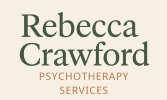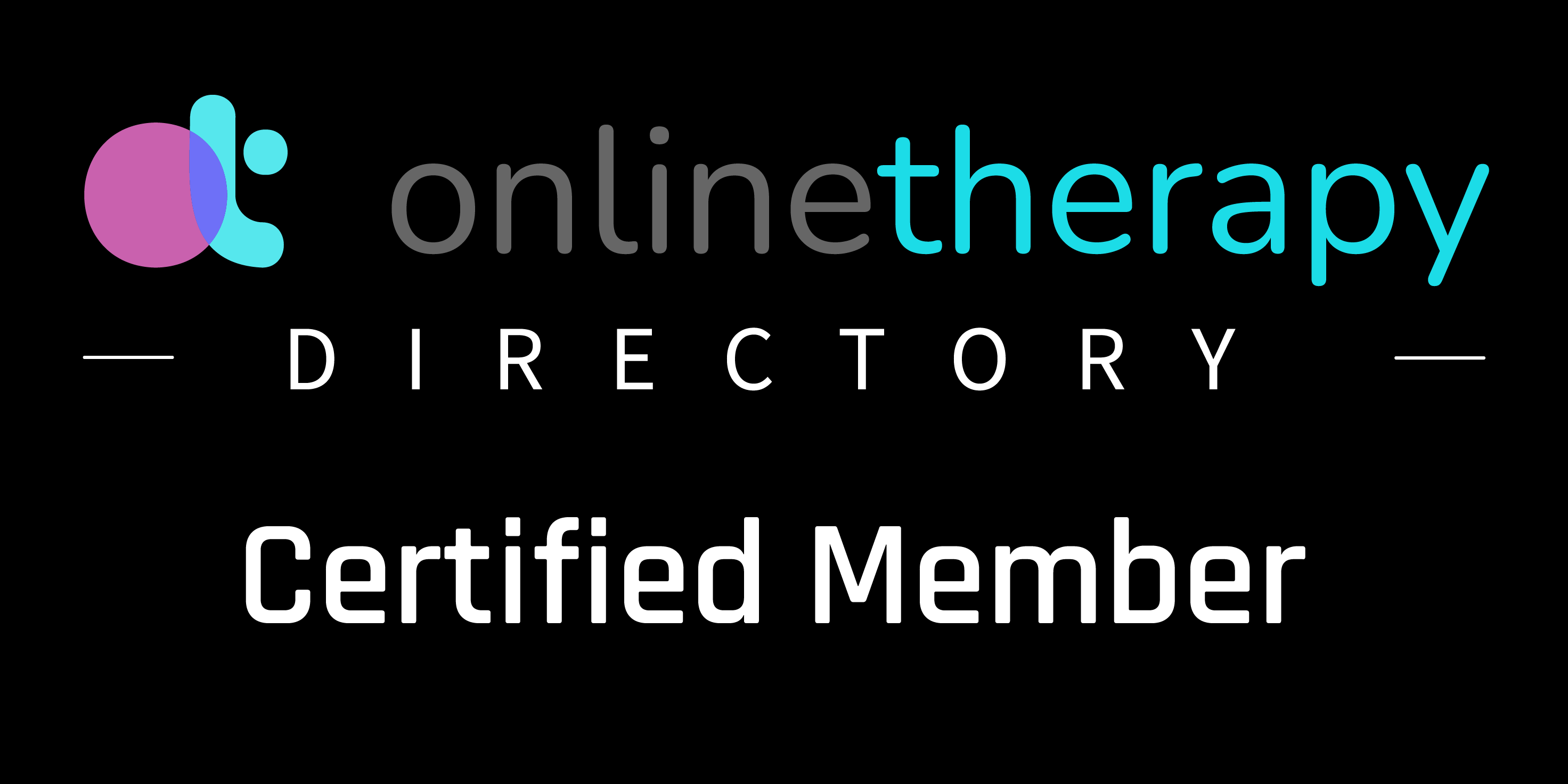🌤️ Emotional Check-Ins: A Daily Practice
Why Check-Ins Matter
We often move through the day unaware of how we’re really feeling. A daily emotional check-in helps you stay connected to your inner world and identify what you truly need.
Ask Yourself Simple Questions
Try: “What am I feeling right now?” or “What do I need in this moment?” This awareness helps you respond rather than react to life’s challenges.
Use a Journal or Mood App
If it helps, track your check-ins in a journal or mood-tracking app. Over time, patterns will emerge, offering clarity and insight into your emotional rhythms.

